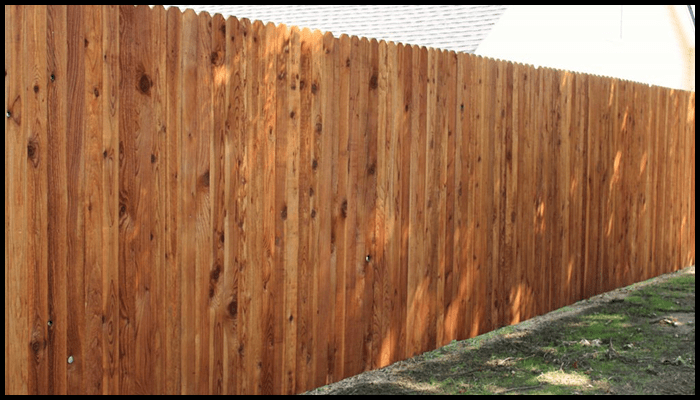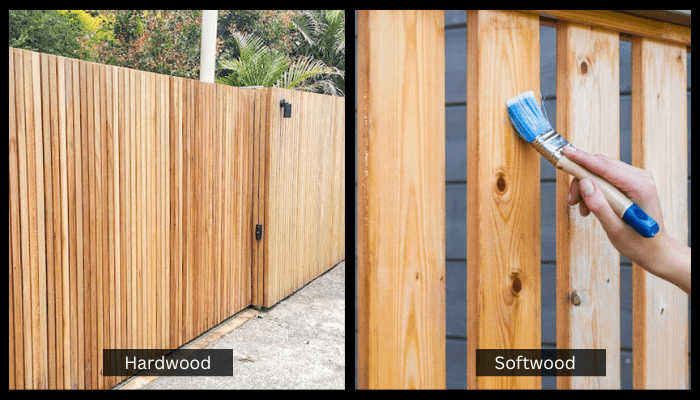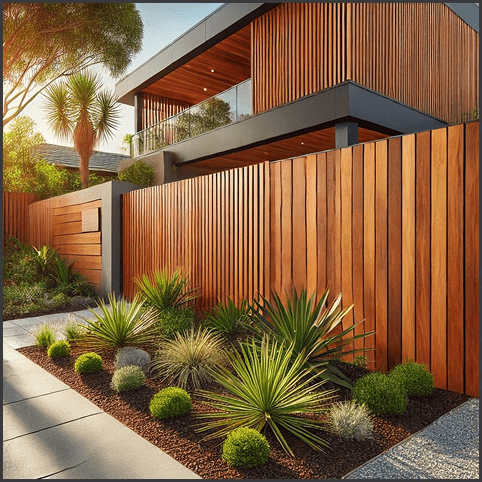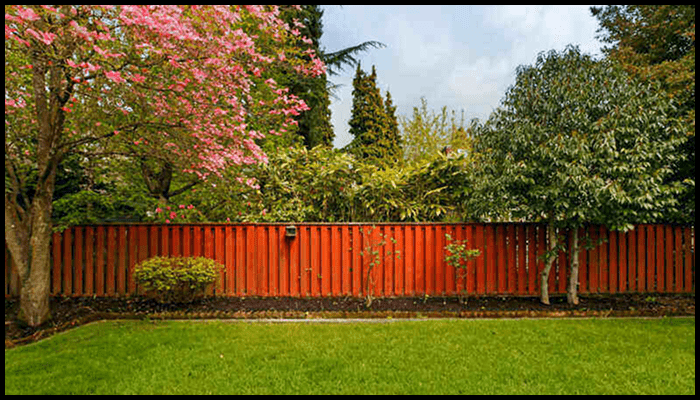Hardwood vs. Softwood Fence Palings: Which is More Durable?
Table of Contents:
- What Are Hardwood and Softwood Fence Palings?
- Which Fence Type Lasts Longer?
- Comparing Costs: Hardwood vs. Softwood Fence Palings
- Choosing the Right Timber for Your Fencing Needs
- Environmental Impact of Hardwood vs. Softwood Timber
- Get a Free Quote for Your New Fence
- Frequently Asked Questions (FAQs)
The materials you choose can affect not just the fence's lifespan but also how much you have to mess with it on a regular basis and the fence’s basic soundness as an integrity structure.
Let's get right into it!
What Are Hardwood and Softwood Fence Palings?

Hardwood Fence Palings
These trees take a long time to grow. They produce timber that is denser and more durable than nearly any softwood fencing material.
Softwood Fence Palings
They grow fast and are effectively renewable resources, which makes them a comparatively cheap option to get a fence.
Which Fence Type Lasts Longer?
Comparing Costs: Hardwood vs. Softwood Fence Palings
Upfront Costs
Upkeep and Long-Term Costs
Choosing the Right Timber for Your Fencing Needs
There are several factors to think about when making this kind of choice. You need to consider what type of fence you will be needing. Then you need to consider the kinds of conditions your fencing will be put under: environmental and otherwise.
When to Choose Hardwood Fence Palings
When to Choose Softwood Fence Palings
Environmental Impact of Hardwood vs. Softwood Timber
Get a Free Quote for Your New Fence
At Pinus Sawmills, we provide top-notch hardwood and treated pine palings for fences that meet the standards of Australian conditions. However we don't stock cypress pine palings.
Frequently Asked Questions (FAQs)
What is the best wood for fence palings?
Your needs dictate the best choice. Hardwood palings such as Spotted Gum offer superior durability, while treated pine is a cost-effective fence and a good-looking option.
Do hardwood fence palings last longer than softwood?
Yes, palings of hardwood fences generally have a long life span, thanks to their natural resistance to rot, as well as termites. In contrast, pine fencing demands much more in the way of maintenance to keep up its good looks and not fall apart.
Is treated pine better than hardwood for fencing?
Well, if you want an affordable fence that provides easy installation, opt for treated pine. However, if you want greater structural integrity over the long run, then choose hardwood timber.What are the disadvantages of hardwood fences?
The fencing made out of hardwood has an increased initial price, is more laborious to put up, and could require metal fence posts or hardwood rails for extra support.
How often do treated timber fences need maintenance?
Maintaining treated timber fences necessitates a regimen that includes re-staining and resealing in order to safeguard the structures from the potentially damaging effects of high-intensity UV rays and harsh weather conditions that timber fences face.
Is pine fencing the right choice for strong winds?
Although pine fences are a very popular choice, they are less durable than hardwood timber fences, which are far better suited for withstanding strong winds.
Can I install hardwood fence palings myself?
Yes, but because of their weight and durability, hardwood palings may necessitate strong fence posts such as steel posts or hardwood posts.
Are hardwood fences more expensive than pine fences?
Certainly, hardwood timber fences are pricier to install initially; however, they necessitate fewer upkeep tasks over the years, rendering them more economical in the long run.




